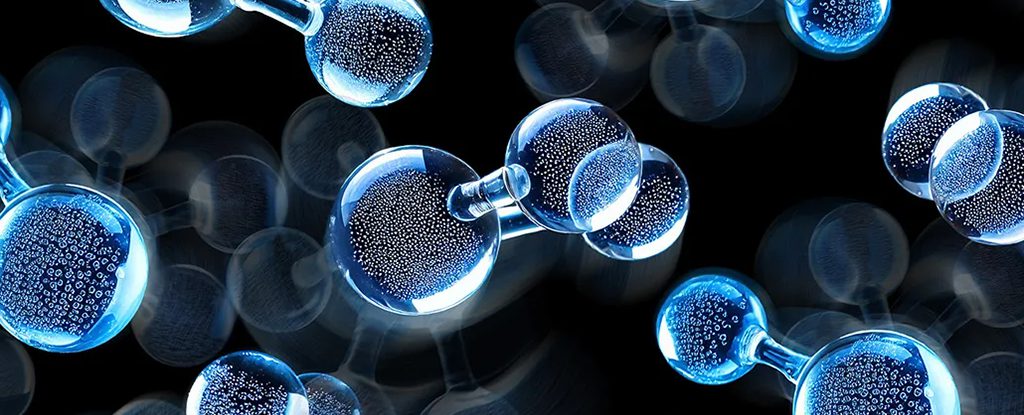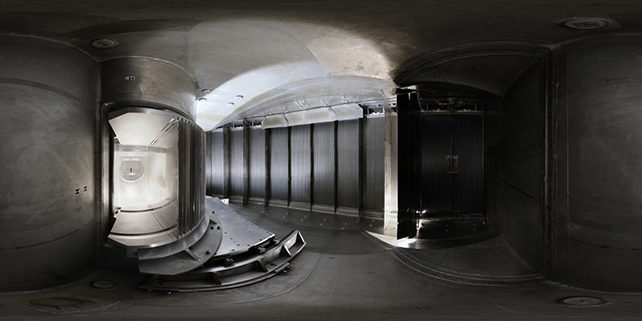
After being predicted by theoretical models for some time, researchers have now made the groundbreaking experimental discovery of plastic Ice VII. While the name may evoke thoughts of a low-budget science fiction film, it actually refers to a rare phase of water that scientists believe could exist in the oceans of extraterrestrial worlds.
So, how unusual is this phase? Plastic Ice VII forms under extreme temperatures and pressures. When both of these factors intensify, water molecules are compelled into diverse arrangements and behaviors.
In this study, an international team of scientists successfully created Ice VII by applying pressures of up to 6 gigapascals and heating water to incredible temperatures of 327 °C (620 °F). Using advanced equipment at the Institut Laue-Langevin (ILL) in France, they closely monitored the phase transition.

Ice VII is characterized by a unique interwoven cubic structure, where the hydrogen molecules exhibit a certain level of disorder. However, the behavior of this structure during melting has remained ambiguous, with theories suggesting that while the overall configuration stays intact, the hydrogen atoms may drift around.
Investigating this delicate phase of water requires precise tracking of the movement of hydrogen atoms rather than merely capturing a snapshot of its form, which helps to explain why its existence had not been confirmed until recently.
One of the innovative methods employed to identify Ice VII was quasi-elastic neutron scattering (QENS). This technique allows scientists to follow the minute movements of particles within substances using neutrons.
The physicist Maria Rescigno from Sapienza University of Rome commented, “The ability of QENS to investigate both translational and rotational movements offers a unique advantage for studying such extraordinary phase transitions compared to other methods.”
As anticipated nearly 17 years ago, the research team observed hydrogen atoms rotating at a microscopic level in Ice VII when subjected to heat and increased pressure, revealing one of several known ice phases.
Interestingly, they discovered that the molecules within plastic Ice VII do not rotate freely but instead move in staggered motions. This behavior likely results from hydrogen bonds between the molecules being simultaneously broken and reformed, according to the researchers.
Rescigno elaborated that “The QENS measurements indicated a distinct molecular rotation mechanism in plastic Ice VII as opposed to the freely rotating behavior initially expected.”
Experts speculate that icy celestial bodies such as Neptune or Europa, one of Jupiter’s moons, may have hosted plastic Ice VII in the past. Observing its behavior in laboratory settings enhances our understanding of these planets and their moons’ historical transformations.
Future research may also explore the nuances of the transition process to plastic Ice VII, which could be gradual or abrupt, depending on modeling outcomes.
Physicist Livia Bove from Sapienza University of Rome remarked, “The possibility of a continuous transition is particularly fascinating.” She added that it suggests the plastic phase could lead to the elusive superionic phase, another exotic water phase predicted to occur at significantly higher temperatures and pressures, where hydrogen can move freely within the oxygen crystalline lattice.
The findings of this research have been published in the esteemed journal Nature.









